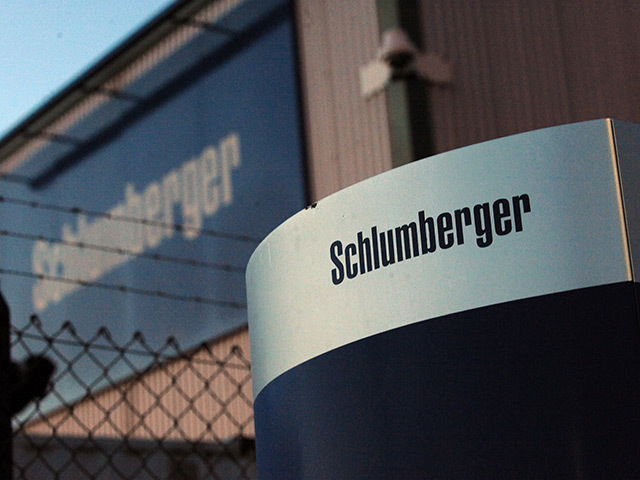
The pool of genius that has long characterised Schlumberger has done it again with a reservoir mapping-while-drilling technology that is now being offered to the market.
It is a world first and has the potential to become a world beater.
The GeoSphere service has been tested in more than 140 wells worldwide, including locations in North America, South America, Europe, Middle East, Russia and Australia.
The new technology reveals features in subsurface beddings and fluid contacts at the reservoir scale to optimise well landing operations, steering capabilities and mapping of multiple boundaries using new “deep-directional resistivity” measurements enabled by proprietary real-time interpretation techniques developed by Schlumberger.
Steve Kaufmann, president – drilling & measurements at the group, said: “With GeoSphere technology, Schlumberger is introducing the first-ever reservoir mapping-while-drilling service that enables customers to map their reservoirs using unprecedented depth of investigation measurements around the wellbore combined with a novel mathematical inversion methodology.
“This long-awaited technology milestone commercialisation now enables asset teams to seamlessly integrate the data provided by the reservoir mapping-while-drilling service with other downhole measurements to optimise production and reservoir management.”
With a radius of investigation that extends more than 30m from the wellbore, drilling teams can use the new system to reduce drilling risk and accurately land wells, resulting in the elimination of pilot holes.
In addition, the real-time reservoir mapping-while-drilling service enables the positioning of wells within target reservoirs, away from fluid boundaries, leading to increased reservoir exposure as well as allowing geoscientists to refine their seismic interpretation and geological and structural models.
Schlumberger says that, in the North Sea, a customer used the new technology to successfully land a well and detect the top of the reservoir target from a distance of nearly 15.24m (50ft), allowing for optimisation of the drilling plan before the formation was drilled.
With the drill bit over 61m (300ft) away from the target reservoir, the mapping-while-drilling technology confirmed that there was considerable distance for adjusting the trajectory if needed, to optimise reservoir entry.
Offshore Brazil, a client deployed GeoSphere to accurately map multiple deepwater-well reservoir sections. The reservoir mapping-while-drilling service was used to guide well steering decisions, which enabled the customer to improve the drain position, avoid unplanned exits from target reservoirs, and to acquire reservoir knowledge to optimise production.
In Northern Europe, another customer used the service to double the reservoir net-to-gross ratio from 0.45 to 0.96 on two horizontal wells with complex geologies.
The increased exposure in this thin bed discontinuous reservoir, compared to all previous wells in the field, resulted in a production improvement in both wells of more than 8,000 additional barrels per day.
Mapping data from the GeoSphere service can also be integrated into 3D modelling of reservoirs to optimise drilling operations and completion designs, leading to better field development strategies and production improvement.
